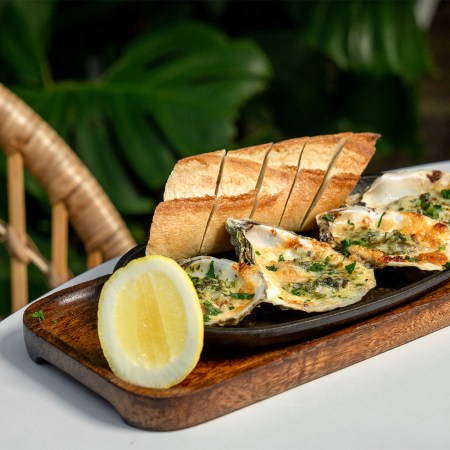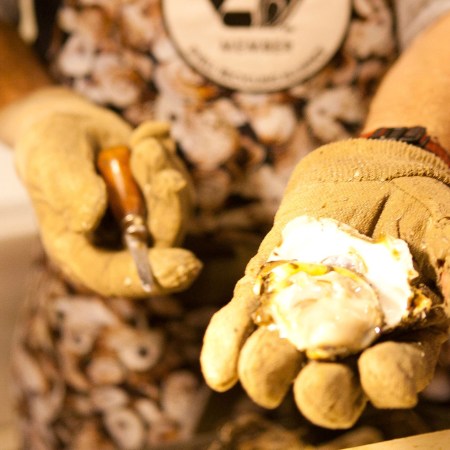Oysters are a big deal these days, and their profile is on the rise. As someone who’s fond of a tasty oyster or three, that’s an excellent piece of news. But there’s a subset of oysters whose meat is selling for stratospheric amounts — even though that species is known best for something else that they produce. Those would be pearl oysters, which are a distict species largely found in the Indian and Pacific Oceans.
As the production of pearls became more of an industry, the meat of the oysters in question was initially considered to be a side effect of the process — not the proverbial star of the show. Now, though, that’s starting to change.
In a new article for Atlas Obscura, Lizzie Pook explored the growing demand for pearl meat, contrasting it with its historical roots as a ubiquitous meal for the workers involved in the 19th century pearl trade — and, before that, for the Indigenous people residing in the region.
Pook notes that pearl meat can now reach prices of $200 per kilogram in Australia and Hong Kong, and has established a place on assorted high-end menus in the region. The article cites the meat’s “versatility” as one of the reasons for its in-demand status these days. “It can be flash-fried, braised, made into sashimi or ceviche,” said chef Rob Boorman. It all sounds delicious, making this something to keep an eye out for the next time you’re making your way down a seafood menu.
Thanks for reading InsideHook. Sign up for our daily newsletter and be in the know.


















